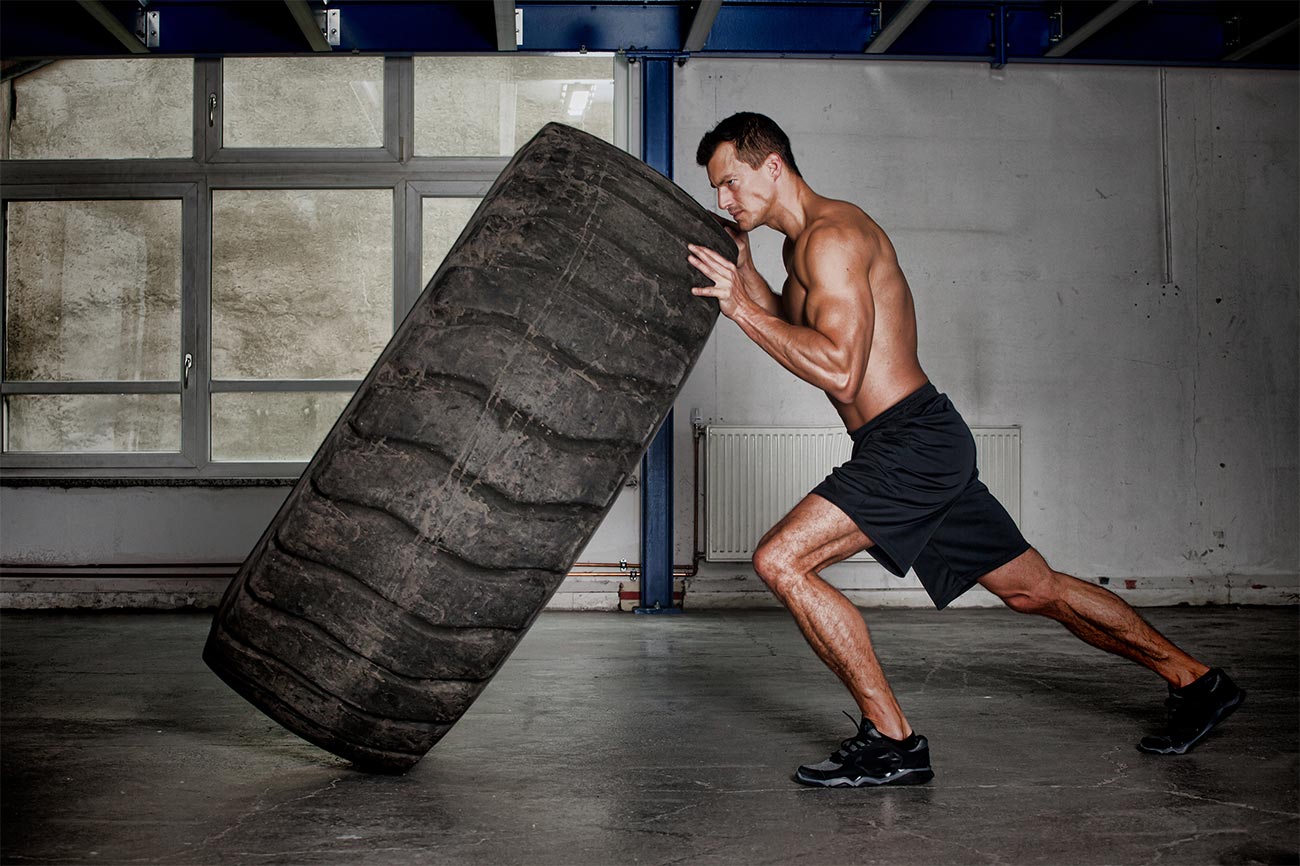
Bodyweight vs. Weight Training: Which Is Better for You?
Should you stick to push-ups and pull-ups, or head straight for the dumbbells?
This question has sparked endless debates in the fitness world. Some argue that lifting heavy weights over time can wear down the body. Others say that bodyweight exercises aren’t enough to build muscle — that you need external weights to properly challenge your strength.
So, who’s right? The truth is: neither side is “better.” It all depends on your goals.
🏋️ Weightlifting: The Path to Muscle Growth
If your primary goal is to get big, build muscle, and increase raw strength, weightlifting is a proven method. By progressively adding heavy resistance, you stimulate muscle growth in a way that goes beyond what bodyweight exercises alone can usually provide.
Benefits of Weightlifting:
Builds lean muscle mass and strength
Improves bone density and tendon strength
Boosts metabolism and helps burn fat
Enhances athletic performance
Helps lower blood pressure
Reduces arthritis pain
Supports injury prevention when done correctly
👉 In short: Weightlifting is the best choice if you want size, strength, and performance gains.
🤸 Bodyweight Training: Strength Anywhere, Anytime
On the other hand, if your goal is balanced strength, mobility, and overall fitness, bodyweight training can be incredibly effective. These exercises train multiple muscle groups at once, often improving flexibility and coordination in the process.
Benefits of Bodyweight Training:
Builds functional, full-body strength
Lower risk of injury compared to heavy lifting
Strengthens your core with every move
Improves flexibility, balance, and coordination
Requires little to no equipment (convenient + free)
Allows endless creativity and variations
Fun, adaptable, and easy to do anywhere
👉 In short: Bodyweight training is ideal if you want practical strength, convenience, and versatility.
⚖️ Which One Should You Do?
Here’s the good news: you don’t have to pick just one.
Want muscle growth, bulk, and strength? → Weightlifting will get you there fastest.
Want total-body fitness, flexibility, and convenience? → Bodyweight training is the answer.
But the best approach? Incorporate both. Use weightlifting to build muscle and strength, while adding bodyweight exercises to improve balance, mobility, and endurance. Together, they create a balanced and sustainable fitness routine.
🆚 Bodyweight vs. Weight Training: Quick Comparison
| Aspect | Weightlifting 🏋️ | Bodyweight Training 🤸 |
|---|---|---|
| Main Goal | Build muscle mass, size, max strength | Develop functional, full-body strength |
| Muscle Growth | Excellent (progressive overload possible) | Limited unless advanced moves are used |
| Flexibility & Mobility | Moderate (if programmed smartly) | High — improves flexibility and balance |
| Convenience | Requires gym or equipment | Can be done anywhere, anytime |
| Risk of Injury | Higher if technique is poor or weight is too heavy | Lower — uses natural body movement patterns |
| Cost | Medium to high (equipment, memberships) | Very low — no or minimal equipment |
| Core Strength | Indirect, depending on the exercise | Direct — core is engaged in nearly every move |
| Variety & Fun | Structured, weight-based progress | Creative, adaptable, often more playful |
| Long-Term Benefits | Muscle mass, bone density, metabolic health | Strength, balance, mobility, endurance |
🙌 A Workout Combo Example
🔥 Sample Hybrid Workout (Weights + Bodyweight)
Warm-up (5–10 minutes)
Jumping jacks or light jog
Dynamic stretches (arm circles, hip rotations, walking lunges)
Strength & Build (Weights + Bodyweight)
Upper Body:
Bench Press (barbell or dumbbells) → 3 sets of 8–10 reps
Push-Ups (any variation: standard, incline, decline) → 3 sets to near failure
Back & Pull:
Dumbbell Rows or Barbell Rows → 3 sets of 8–10 reps
Pull-Ups or Assisted Pull-Ups → 3 sets to near failure
Legs:
Barbell Squats or Dumbbell Goblet Squats → 3 sets of 8–12 reps
Walking Lunges (bodyweight or holding light dumbbells) → 3 sets of 12 steps per leg
Core & Stability:
Plank Variations (standard, side plank, shoulder taps) → 3 rounds of 30–60 seconds
Hanging Leg Raises (or lying leg raises if beginner) → 3 sets of 12–15 reps
Finisher (Optional, 5–10 min)
Pick 2–3 bodyweight moves and cycle through:
Burpees (5–10 reps)
Mountain Climbers (20–30 reps)
Jump Squats (10–15 reps)
Repeat 2–3 rounds with short rests.
✅ Why This Combo Works
Weights build raw strength, size, and bone density.
Bodyweight improves endurance, balance, and core stability.
Together, they balance each other out — building size without sacrificing mobility.
👉 Pro Tip: Alternate weight-focused days and bodyweight-focused days in your weekly plan, or combine them like above for a hybrid approach.
+ Stimulates muscle growth in a way
that goes beyond what bodyweight exercises alone can usually provide.
✨ Final Takeaway
Both weightlifting and bodyweight exercises are powerful tools for building a stronger, healthier body. Neither is “better” across the board — but one may be “better” for you depending on your goals.
👉 The smartest move is to blend the two: lift to grow stronger, move your bodyweight to stay functional. That combination will keep you fit, resilient, and feeling your best.


